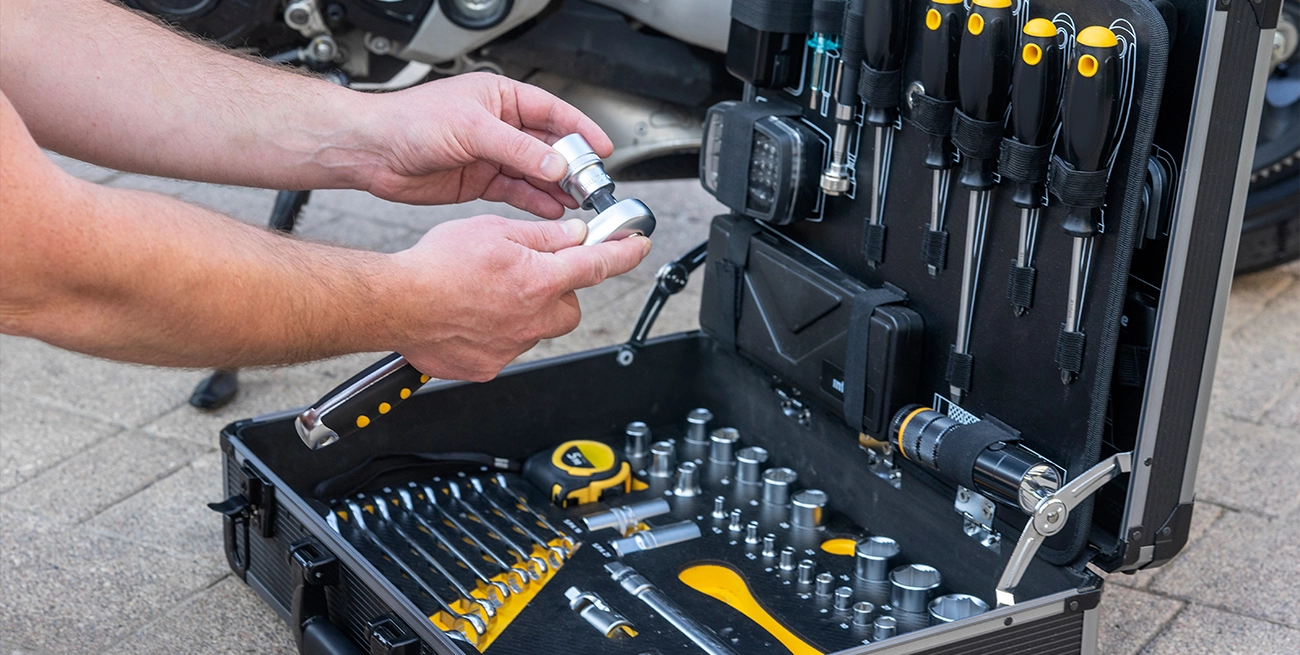How to Organize a Mobile Tool Kit for Maximum Efficiency

A mobile tool kit should be set up to minimize wasted time and effort. Whether you’re working in the field, on-site, or moving between jobs, an efficient setup can mean the difference between seamless work and constant frustration. A well-organized kit isn’t just about having the right tools—it’s about making sure they’re easy to access, properly stored, and secure during transport.
Start with the Right Container
Choosing a tool bag, box, or chest that fits your needs is the first step. If mobility is the priority, rolling tool bags or hard cases with wheels are excellent choices. For technicians moving through tight spaces, a backpack-style tool bag might be a better fit. Durability matters, so invest in something that can withstand daily wear and tear.
Sort Tools by Frequency of Use
Arrange tools so the ones you use most often are the easiest to grab. If you constantly reach for a specific wrench, screwdriver, or pliers, keep them in an exterior pouch or the top tray. Less frequently used tools can go in lower compartments or deeper sections.
Use Foam Inserts or Dividers
Foam inserts, magnetic strips, or dividers keep tools from shifting around in transit. Custom-cut foam inserts prevent damage and make it obvious when a tool is missing. If foam isn’t an option, adjustable dividers or pouches help maintain order.
Label Everything
Labeling slots, drawers, or compartments speeds up workflow. Even experienced professionals benefit from a labeled system, especially when working under pressure. A label maker or even simple marker tags can keep things orderly.
Keep Essential Small Parts Accessible
Screws, nuts, bolts, and washers often disappear into the abyss of a cluttered tool kit. Small organizers or divided containers prevent this. Consider using stackable organizers or clear-lid boxes to keep track of consumables.
Balance Weight for Easy Carrying
A lopsided tool bag is uncomfortable and inefficient. Distribute weight evenly to avoid strain and prevent tipping. Heavier tools should go at the bottom to maintain stability, while lighter tools stay at the top for easy retrieval.
Secure Power Tools Separately
If your kit includes cordless drills, impact drivers, or saws, keep them in a dedicated compartment or case. Loose power tools can damage other equipment and create clutter. Spare batteries and chargers should have their own designated space.
Regular Maintenance and Repacking
A tool kit can quickly become a mess if it isn’t maintained. Set aside time each week to reorganize, clean out debris, and check for missing tools. Wipe down tools before putting them back to prevent rust and dirt buildup.
Adjust as Needed
Every job is different, and so is every worker’s preference. If a layout isn’t working, change it. A tool kit should evolve based on the demands of the job, making adjustments to improve efficiency.
Make It Yours
Customization goes beyond organization. A tool kit should fit your workflow and habits. Whether it’s a specific way of sorting tools, color-coding sections, or using custom holders, personalizing the setup makes work smoother.
Stay Ready
A well-organized tool kit isn’t just about neatness—it’s about being prepared. Whether on a service call, a construction site, or a repair job, knowing exactly where everything is saves time and effort. Keep it tidy, keep it practical, and it will serve you well.


